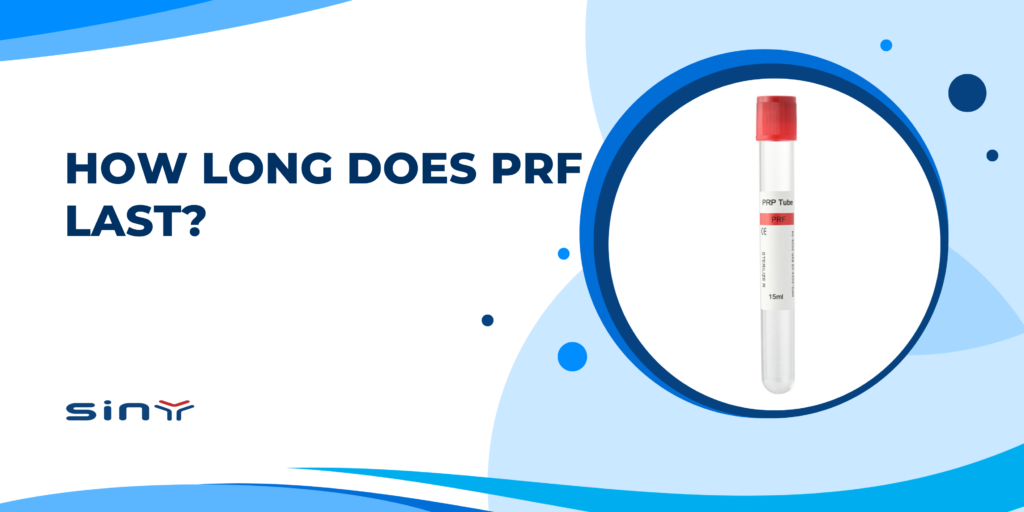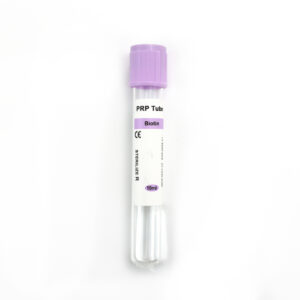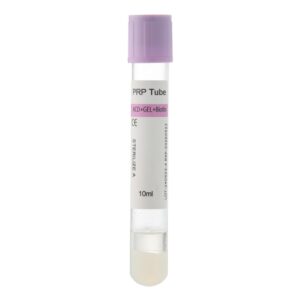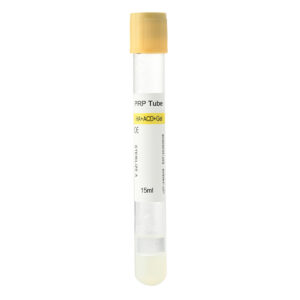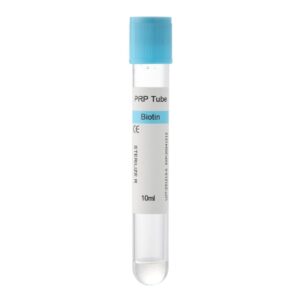How Long Does PRF Last? When discussing cutting-edge autologous regenerative medicine, PRF (Platelet-Rich Fibrin) is undoubtedly one of the hottest topics today. Whether it’s used to smooth the marks of time or to accelerate wound healing, the most pressing question for many is: “After a PRF treatment, how long do the effects actually last?”
There is no single numerical answer to this question. The duration of PRF’s effectiveness is not fixed; it is influenced by a combination of factors, including the treatment’s objective, individual physiological conditions, and post-treatment care. As your trusted expert in medical supplies and regenerative medicine, this article will provide an in-depth analysis of the factors affecting the longevity of PRF results, giving you a scientific and clear expectation.
For more tips on using PRF tubes, visit this link.
First, Let’s Understand How PRF “Works”
To know how long it “stands by,” we must first understand its mechanism of action.
Imagine your tissue (be it skin or bone) needs repair. PRF acts like an intelligent “bio-scaffold.” This three-dimensional matrix, composed of fibrin, is loaded with a high concentration of platelets, white blood cells, and growth factors.
- Slow Release of Nutrients: This “scaffold” remains in the treatment area and slowly, continuously releases these precious growth factors over 7-14 days.
- Activation of Your Own Cells: These growth factors act as “wake-up calls,” signaling your underlying fibroblasts, collagen, and elastin fibers to start working overtime, thereby initiating a true process of tissue regeneration and self-repair.
Different Treatment Goals Determine Different “Validities”
PRF is used in a wide range of applications, and thus, the metrics for success and the duration of effects vary significantly.
- Dentistry and Wound Healing (e.g., Post-Tooth Extraction):
- Objective: To accelerate healing, reduce pain, and prevent infection.
- Duration: In this context, PRF’s primary role is to be a “first responder.” Once the wound heals with high quality within a few weeks, its mission is largely complete. Its effect is measured by a shorter, higher-quality healing process—a relatively “short-term” but highly significant outcome.
- Skin Rejuvenation and Anti-Aging (Most Popular Application):
- Objective: To improve skin texture, reduce fine lines, enhance firmness, and treat dark circles and acne scars.
- Duration: This is the area of greatest interest. PRF stimulates the generation of new collagen, which is a slow and sustained process.
- Initial Onset: 3-4 weeks after treatment, you may begin to notice your skin texture becoming smoother and more radiant.
- Peak Effect: At 3-6 months, as the new collagen and vascular networks are fully established, the skin’s firmness, elasticity, and thickness will reach their optimal state.
- Maintenance Period: This rejuvenated state, created by your own tissues, can generally be maintained for 12-18 months. Naturally, as the aging process continues, the effects will gradually diminish over time.
- Hair Loss Treatment:
- Objective: To activate dormant hair follicles, promote hair regrowth, and increase hair density.
- Duration: Treating hair loss requires a course of therapy (typically 3-4 sessions, once a month) to fully stimulate the follicles. After the initial course, the results can be maintained for about a year. To preserve the best outcome, physicians often recommend maintenance treatments every 6-12 months.
To learn more about PRF tubes, check out this page.
What Factors Influence the Longevity of Your PRF Results?
Why do some people enjoy PRF results for two years, while for others they fade in less than one? This discrepancy is not by chance but is determined by a series of key factors.
First and foremost, individual variation has a very high impact on the longevity of the results. Age plays a critical role, as younger patients possess stronger metabolic and cellular regenerative capabilities, enabling them to produce more collagen of a higher quality. A person’s overall health and hormonal balance are also crucial determinants. Secondly, lifestyle habits have an equally significant impact. Practices such as smoking, excessive alcohol consumption, chronic lack of sleep, and poor sun protection generate free radicals and accelerate collagen degradation, which severely “deplete” and shorten the regenerative benefits brought by PRF.
Furthermore, a scientific treatment protocol is critical to achieving the desired outcome. While a single session might offer a mild improvement, only completing a full course of therapy (typically 3 sessions are recommended) can build a robust and lasting foundation for collagen regeneration. The technique and quality of the treatment are also directly tied to the final result; the physician’s injection skill, precision of injection depth, and the concentration and viability of growth factors achieved during PRF preparation are all core components of success. Finally, post-treatment care plays an important role. Proper aftercare, along with combining PRF with other aesthetic treatments like laser therapy or microneedling as advised by your doctor, can create a synergistic effect greater than the sum of its parts, significantly extending the duration of the results.
How to Maximize and Extend Your PRF Treatment Results
To get the highest return on your “liquid gold” investment, consider the following steps:
- Choose a Reputable Clinic and Experienced Physician: This is the foremost prerequisite for ensuring both safety and efficacy.
- Commit to the Full Treatment Course: Don’t stop after one session. A complete protocol is the cornerstone of lasting results.
- Maintain a Healthy Lifestyle: Quit smoking, limit alcohol, eat a balanced diet, get adequate sleep, and be diligent with daily sun protection.
- Adhere to a Good Skincare Regimen: Use products containing antioxidants (like Vitamins C and E) and ingredients that promote repair.
- Schedule Regular Maintenance Treatments: As advised by your doctor, periodic touch-up treatments (e.g., once a year) can keep your youthful state consistently “online.”
To explore more about PRF tubes, visit this category page.
FAQs
Q1: What is the difference between PRF and PRP treatments?
A1: PRF is an advancement of PRP technology. The main differences are: 1) PRF contains no anticoagulants, making it 100% natural; 2) Through a unique centrifugation process, PRF forms a fibrin matrix rich in growth factors, which acts as a scaffold to release them slowly (over 7-14 days). This results in a longer, more stable effect compared to PRP, whose effects are relatively short-lived (a few hours to a day).
Q2: Is the PRF treatment painful?
A2: A topical anesthetic cream is typically applied to the treatment area beforehand. Consequently, most patients report very minimal discomfort during the procedure, mainly a slight pinching or stinging sensation. The blood draw is similar to a routine lab test.
Q3: How much downtime is required after the treatment?
A3: PRF is considered a “lunchtime procedure” with almost no downtime. You can return to your normal daily activities and work immediately afterward. Your physician will likely advise you to avoid strenuous exercise, saunas, and alcohol for 24 hours and to be mindful of sun protection.
Summary
In summary, the answer to “How long does PRF last?” is dynamic. For the most common application in skin anti-aging, an expectation of 12 to 18 months is highly reasonable. However, it is best viewed as an investment in your future self—an investment that includes not only the treatment itself but also a commitment to a healthy lifestyle and diligent post-treatment maintenance.
If you want to learn more about PRF, please visit our official website or contact us.

